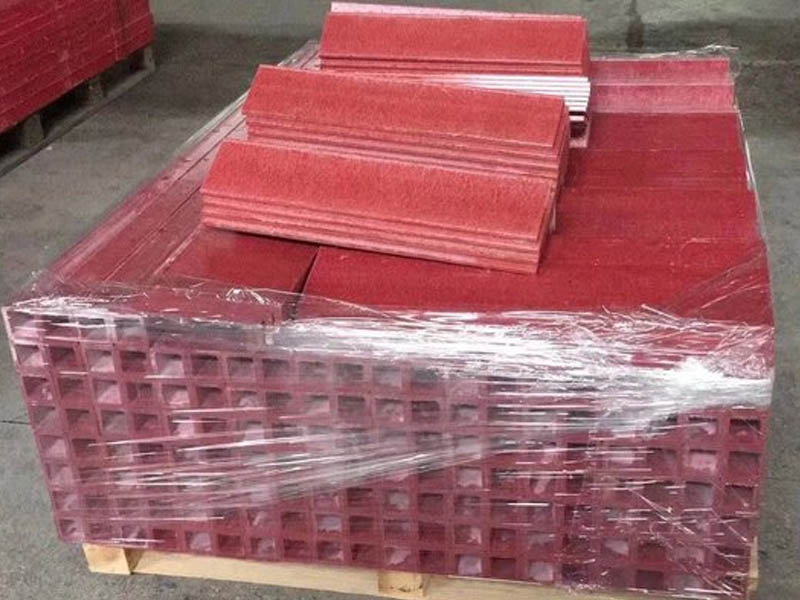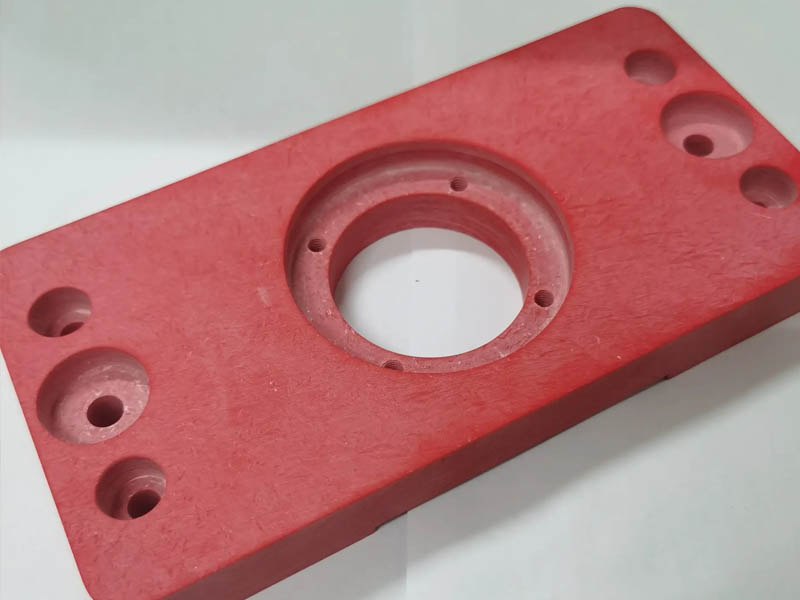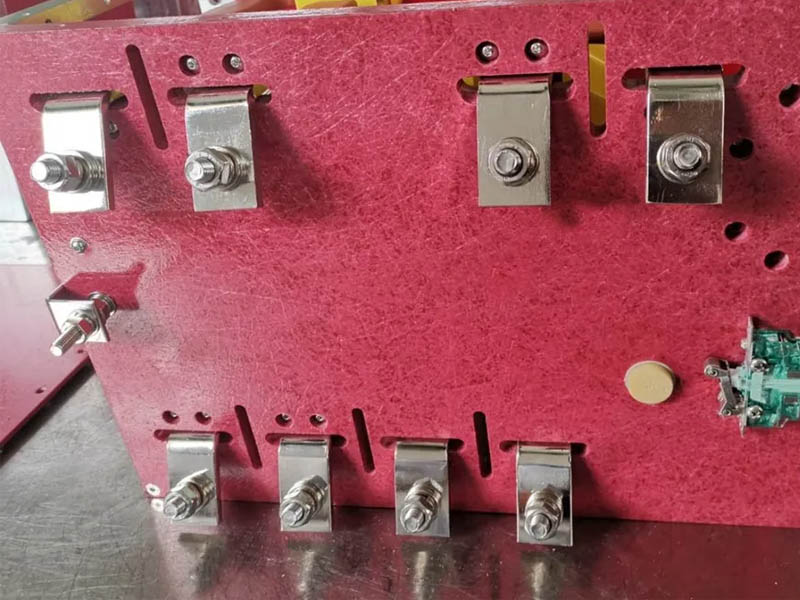The performance of GPO-3 insulating materials in terms of application includes electrical, mechanical, chemical, thermal, environmental and economic performance.
1. Mechanical properties of GPO-3 materials
The mechanical properties of materials include
tensile, compressive, flexural, shear strength, tensile and compressive die,
elongation, and some less easily defined properties such as wear resistance,
windability, tear resistance, etc.

2. Thermal Properties of GPO-3 Materials
The thermal properties of solid insulating
materials, such as heat resistance and thermal conductivity, often play a major
role in small and medium-sized motors. The motor generates heat due to
continuous energy consumption during the operation process, so the insulating
material inside the motor works in a hot state for a long time, which gradually
ages and reduces or even completely loses the electrical properties and
mechanical strength it should have, and the motor is damaged because of this.
Therefore, the selection of insulating materials must have good heat
resistance.

3. Chemical and other properties of GPO-3 materials
The stability and compatibility of insulating
materials to environmental conditions can also be an important factor in
determining their performance and application under certain circumstances. For
example, when the motor runs frequently, under complicated conditions such as
startup and acceleration, the use environment of the motor is harsh, and the
dynamic working conditions are complex, mainly reflected in high temperature,
vibration and strong corrosion. Under harsh conditions, it has high anti-oxidation
and anti-corrosion properties. Under the action of direct current and low
frequency voltage, the performance of insulation resistance to electrolysis is
also very important.

4. Chemical and other properties of GPO-3
materials
The stability and compatibility of insulating
materials to environmental conditions can also be an important factor in
determining their performance and application under certain circumstances. For
example, when the motor runs frequently, under complicated conditions such as
startup and acceleration, the use environment of the motor is harsh, and the
dynamic working conditions are complex, mainly reflected in high temperature,
vibration and strong corrosion. Under harsh conditions, it has high
anti-oxidation and anti-corrosion properties. Under the action of direct
current and low frequency voltage, the performance of insulation resistance to
electrolysis is also very important.